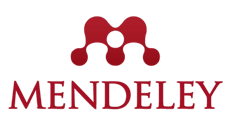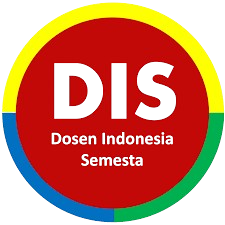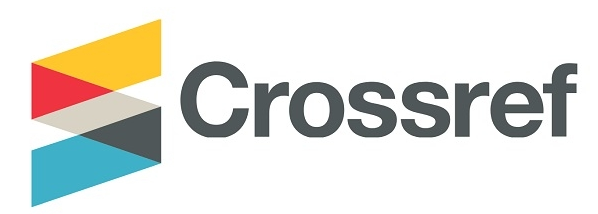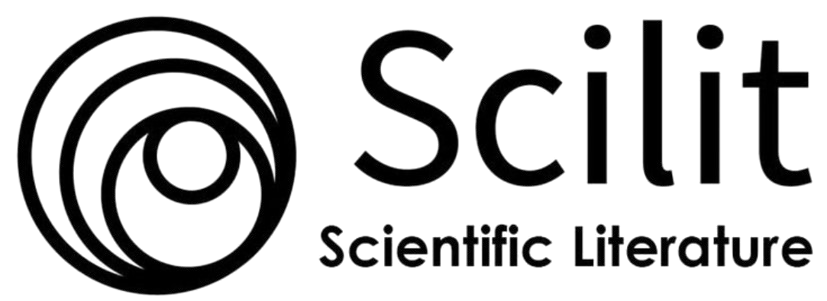THE STUDENTS’ RESPONSES IN IMPLEMENTING LEARNING MEDIA INNOVATION DIGITAL LITERACY BASED ON LOCAL WISDOM FOR ONLINE CLASS TO IMPROVE LISTENING AND WRITING SKILLS AT INFORMATION SYSTEM EDUCATIONAL PROGRAM OF ITB STIKOM BALI
DOI:
https://doi.org/10.36526/ln.v7i1.2743Keywords:
Digital Literacy, Listening, students’ perceptionAbstract
The product of Digital Literacy as a Learning Media Innovation for Online Class to Improve Listening and Writing skill of Students in information systems education program at ITB STIKOM Bali has been accomplished, and this research is the continuous of that research especially in the implementation part. Researcher would like to know the effectiveness of the listening product that have been developed. Data was collected by means of documentation, interviews, and questionnaires. The data collected was analyzed quantitatively to determine the average score, where the average score was categorized based on the evaluation table of reference criteria and qualitatively as a description of the score results obtained. The results from the users’ judgement evaluation got the mean score in the aspect content, language, and presentation was 3,6 which belonged to the very good category. The mean score based on the graphic aspect was 3,6 which belonged the very good category. From the students’ perception, the mean score was 3,75 which belonged the very good category. It showed that the media developed by researcher was very good and appropriate used for improving listening skill of students in information systems education program at ITB STIKOM Bali.
References
Blackwell, A., & Colmenar, R. (2013). Transforming policy through local wisdom. Futures, 31(5), 487-497. https://doi.org/10.1016/S0016-3287(99)00008-7
Brown, J. S. (2016). New learning environments for the 21st century: Exploring the edge. Change: The magazine of higher learning, 38(5), 18-24.
Campbell, T. A. (2012). Digital storytelling in an elementary classroom: Going beyond entertainment. Procedia-Social and Behavioral Sciences, 69, 385-393. https://doi.org/10.1016/j.sbspro.2012.11.424
Candiasa, I. (2015). Statistik Univariat dan Bivariat disertai aplikasi SPSS. Singaraja: Unit Penerbitan Universitas Pendidikan Ganesha.
Garrison, D. R., & Kanuka, H. (2014). Blended learning: Uncovering its transformative potential in higher education. The internet and higher education, 7(2), 95-105.
Harding, A., Kaczynski, D., & Wood, L. (2014). Evaluation of blended learning: analysis of qualitative data. In Proceedings of The Australian Conference on Science and Mathematics Education (formerly UniServe Science Conference) (Vol. 11).
Hubackova, S., & Semradova, I. (2016). Evaluation of blended learning. Procedia-Social and Behavioral Sciences, 217, 551-557. https://doi.org/10.1016/j.sbspro.2016.02.044
Kaur, M. (2013). Blended learning-its challenges and future. Procedia-Social and Behavioral Sciences, 93, 612-617. https://doi.org/10.1016/j.sbspro.2013.09.248
López-Pérez, M. V., Pérez-López, M. C., & Rodríguez-Ariza, L. (2014). Blended learning in higher education: Students’ perceptions and their relation to outcomes. Computers & education, 56(3), 818-826. https://doi.org/10.1016/j.compedu.2010.10.023
Lowenthal, P. R., & Dunlap, J. C. (2014). From pixel on a screen to real person in your students' lives: Establishing social presence using digital storytelling. The Internet and Higher Education, 13(1-2), 70-72. https://doi.org/10.1016/j.iheduc.2009.10.004
Malita, L., & Martin, C. (2014). Digital storytelling as web passport to success in the 21st century. Procedia-Social and Behavioral Sciences, 2(2), 3060-3064. https://doi.org/10.1016/j.sbspro.2010.03.465
Mubaraq, Y.F., Saputra, I.H. (2020). Making the Old Fashion Shines Again”: A Review on Instructional Media and Innovation Course at STKIP PGRI Banjarmasin. Tefla Journal, Vol. 2 No. 2 (October, 2020).
Owston, R., York, D., & Murtha, S. (2013). Student perceptions and achievement in a university blended learning strategic initiative. The Internet and Higher Education, 18, 38-46. https://doi.org/10.1016/j.iheduc.2012.12.003
Patriadi, H. B., Bakar, M. Z. A., & Hamat, Z. (2015). Human security in local wisdom perspective: pesantren and its responsibility to protect people. Procedia Environmental Sciences, 28, 100-105. https://doi.org/10.1016/j.proenv.2015.07.015
Pornpimon, C., Wallapha, A., & Prayuth, C. (2014). Strategy challenges the local wisdom applications sustainability in schools. Procedia-Social and Behavioral Sciences, 112, 626-634. https://doi.org/10.1016/j.sbspro.2014.01.1210
Santyasa, I. W., Kanca, I. N., Warpala, I. W. S., & Sudarma, I. K. (2019). Group Investigation and Explicit learning Models in Learning Physics at Senior High Schools. Jurnal Penelitian & Pengembangan Pendidikan Fisika, 5(2), 203-216.
Schmoelz, A. (2018). Enabling co-creativity through digital storytelling in education. Thinking Skills and Creativity, 28, 1-13. https://doi.org/10.1016/j.tsc.2018.02.002
Sugiyono, (2019). Metode Penelitian Kuantitatif, Kualitatif, dan R&D. Bandung: Alfabeta
Thohir, A. (2015). Pendidikan Karakter Berbasis Local Wisdom. Wartamadani.
Usman, F., Murakami, K., & Kurniawan, E. B. (2014). Study on reducing tsunami inundation energy by the modification of topography based on local wisdom. Procedia Environmental Sciences, 20, 642-650. https://doi.org/10.1016/j.proenv.2014.03.077
Widodo, J. (2014). Urban environment and human behaviour: learning from history and local wisdom. Procedia-Social and Behavioral Sciences, 42, 6-11.
Yustika. (2020). Digital Literacy in Formal Online Education: A Short Review. Dinamika Pendidikan, Vol 15, No 1 (2020). https://doi.org/10.15294/dp.v15i1.2377
Downloads
Published
How to Cite
Issue
Section
License
This work is licensed under a Creative Commons Attribution-ShareAlike 4.0 International License.


















